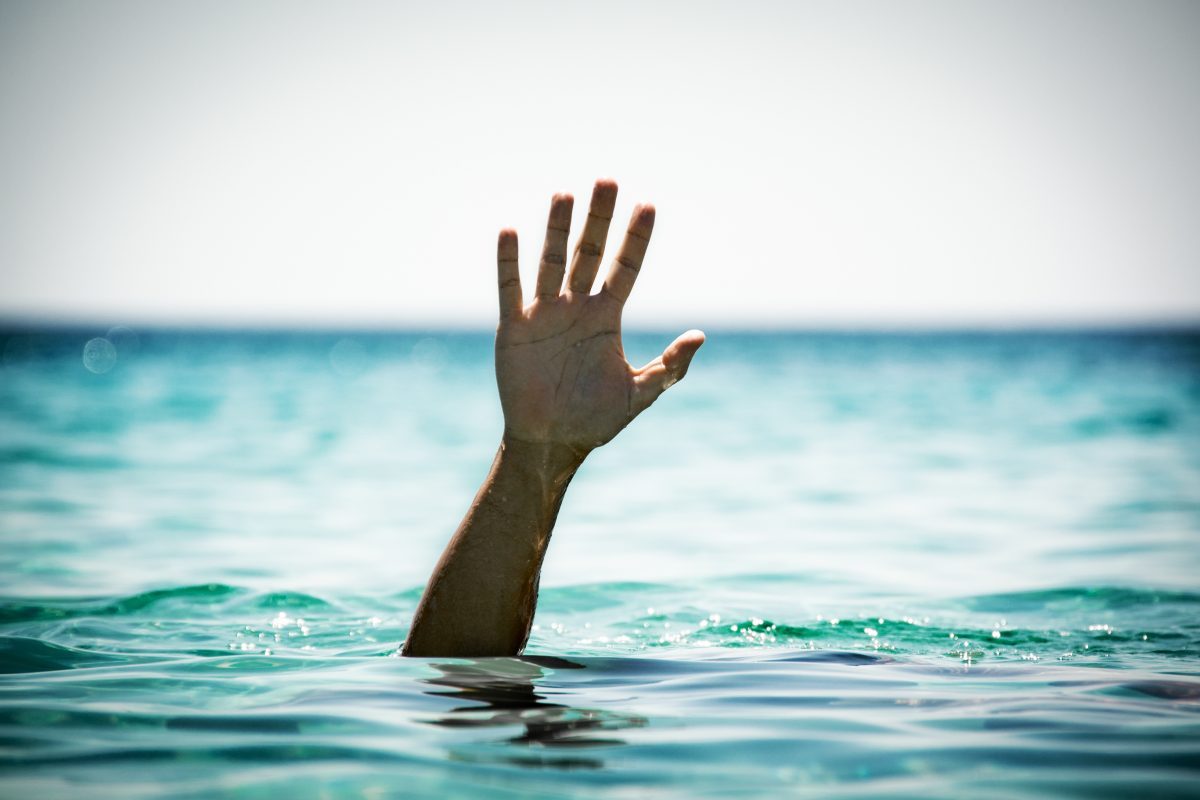How Do You Know When Someone is Drowning?

Memorial Day weekend is supposed to be a fun family and community event. But this year, it was deadly.
In Texas, four people drowned at the North Texas Lake over the holiday weekend. Two were young children, ages 3 and 5.
Meanwhile, up North in Pennsylvania, a 17-year-old boy drowned while out with a group of friends swimming in a creek. One of the friends was injured while trying to rescue the drowning teen.
In Alabama, two boys – a 7-year-old and a 5-year-old – drowned at two different lakes while adults were just yards away.
Drowning is the second leading cause of accidental death in children under the age of 15. Even more chilling, the majority of child drowning deaths occur within 25 yards of an adult. Out of the 10% of deaths caused by drowning, adults will watch the child sink, not realizing what is happening.
How can we avoid this tragedy in the making? Why did some children drown right in front of their parents?
Because drowning is hard to recognize. In fact, drowning doesn’t look like the drowning that’s depicted in films and on television. It’s not a violent, shouting and splashing struggle for breath. It is one of the quietest, most unassuming ways to perish.
When someone drowns, their physiological response is to push down on the surface of the water, and their mouths and nose become level with the water’s surface. When the body is unable to get enough air, it will shut down a person’s ability to speak or shout. The top priority is breathing, not talking. Drowning victims are also unable to control their arm movements. Once someone reaches the active drowning stage, they can’t grasp a flotation device without assistance.
Don’t let your family become a statistic this summer season. Always practice correct water safety measures, and learn how to recognize the signs of drowning before it’s too late.
Physicians Premier ER offers important water safety tips to help you and your kids be safe this summer while in the water.
- When people drown, they instinctively spread their arms away from their sides, horizontally, and press down, in order to push their mouths above the surface of the water.
- Resurfacing, then quickly submerging
- Head is tilted backwards with hair over their eyes and forehead
- Glassy-eyed look
- Hyperventilating or gasping before sinking
- May appear like they are trying to climb an invisible ladder
- Appearing to swim but not making any progress
If someone looks like they are drowning, call out to them. If they don’t answer you, get help immediately. Notify a lifeguard if one is in the area, or at least notify another person if a lifeguard isn’t available. If you attempt to go in the water to rescue the victim, always take a flotation device with you. Once you get the person out of the water – even if they appear all right – take them directly your local emergency room like Physicians Premier. Minuscule amounts of water can get into a person’s lungs and cause pneumonia and infection.
Remember: drowning is a silent killer. People can’t shout or wave for help once they are drowning. Always exercise water safety, be aware of the signs, and always have a flotation device with you when you go swimming.
Sources:
http://dfw.cbslocal.com/2018/05/29/4-north-texans-drown/
https://www.timesonline.com/news/20180528/teen-dies-in-ellwood-city-drowning-on-memorial-day
https://www.waff.com/story/25617666/2-alabama-children-drown-over-memorial-day-weekend
https://www.cdc.gov/homeandrecreationalsafety/water-safety/waterinjuries-factsheet.html
https://www.cdc.gov/safechild/drowning/index.html


